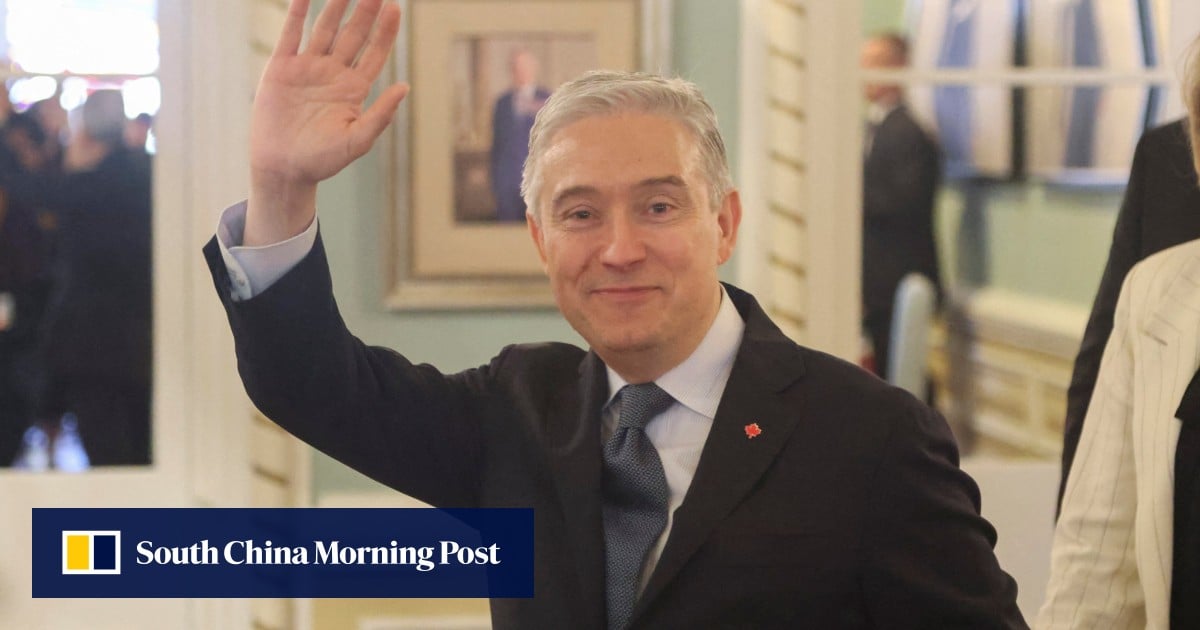Dollar-Yen Stability: US and Japan Agree Rate Reflects Economic Fundamentals

Washington, D.C. – In a joint statement released Wednesday, U.S. Treasury Secretary Scott Bessent and Japanese Finance Minister Katsunobu Kato affirmed their shared view that the current dollar-yen exchange rate accurately reflects underlying economic fundamentals. This reassurance comes amidst ongoing market speculation and volatility surrounding currency valuations.
The agreement, confirmed by the U.S. Treasury Department, signals a coordinated effort to manage expectations and prevent unnecessary market anxieties. Both officials expressed confidence in the resilience of their respective economies and the ability of the dollar and yen to navigate prevailing global economic conditions.
Why This Matters: The dollar-yen exchange rate is a critical indicator of economic health and trade relationships between the two nations. Fluctuations can significantly impact businesses, investors, and consumers on both sides of the Pacific. A rapid or unexpected shift in the rate can disrupt import/export prices, affect corporate earnings, and even influence monetary policy decisions.
The Current Landscape: The US economy has shown signs of robust growth, fueled by consumer spending and a strong labor market. However, inflation remains a concern, prompting the Federal Reserve to consider further interest rate hikes. Japan, on the other hand, continues to grapple with deflationary pressures and slow economic expansion, although recent policy measures are aimed at stimulating growth.
Understanding 'Fundamentals': When officials refer to 'fundamentals,' they're pointing to key economic indicators like inflation, interest rates, economic growth, trade balances, and government debt. A currency's value is ultimately determined by the strength and stability of the underlying economy. A strong economy typically attracts investment and supports a stronger currency.
Market Reaction & Future Outlook: While the joint statement provided a degree of reassurance, market participants remain vigilant. Geopolitical risks, global trade tensions, and unexpected economic data releases can all trigger currency volatility. Analysts will be closely watching upcoming economic reports from both the U.S. and Japan for further clues about the future trajectory of the dollar-yen exchange rate. The consensus view is that while short-term fluctuations are inevitable, the long-term outlook for the dollar-yen pair remains relatively stable, given the inherent strengths of both economies.
Looking Ahead: The Treasury Department indicated ongoing communication and cooperation between the U.S. and Japan on currency matters. This collaborative approach is expected to help foster stability and transparency in the global financial markets.






